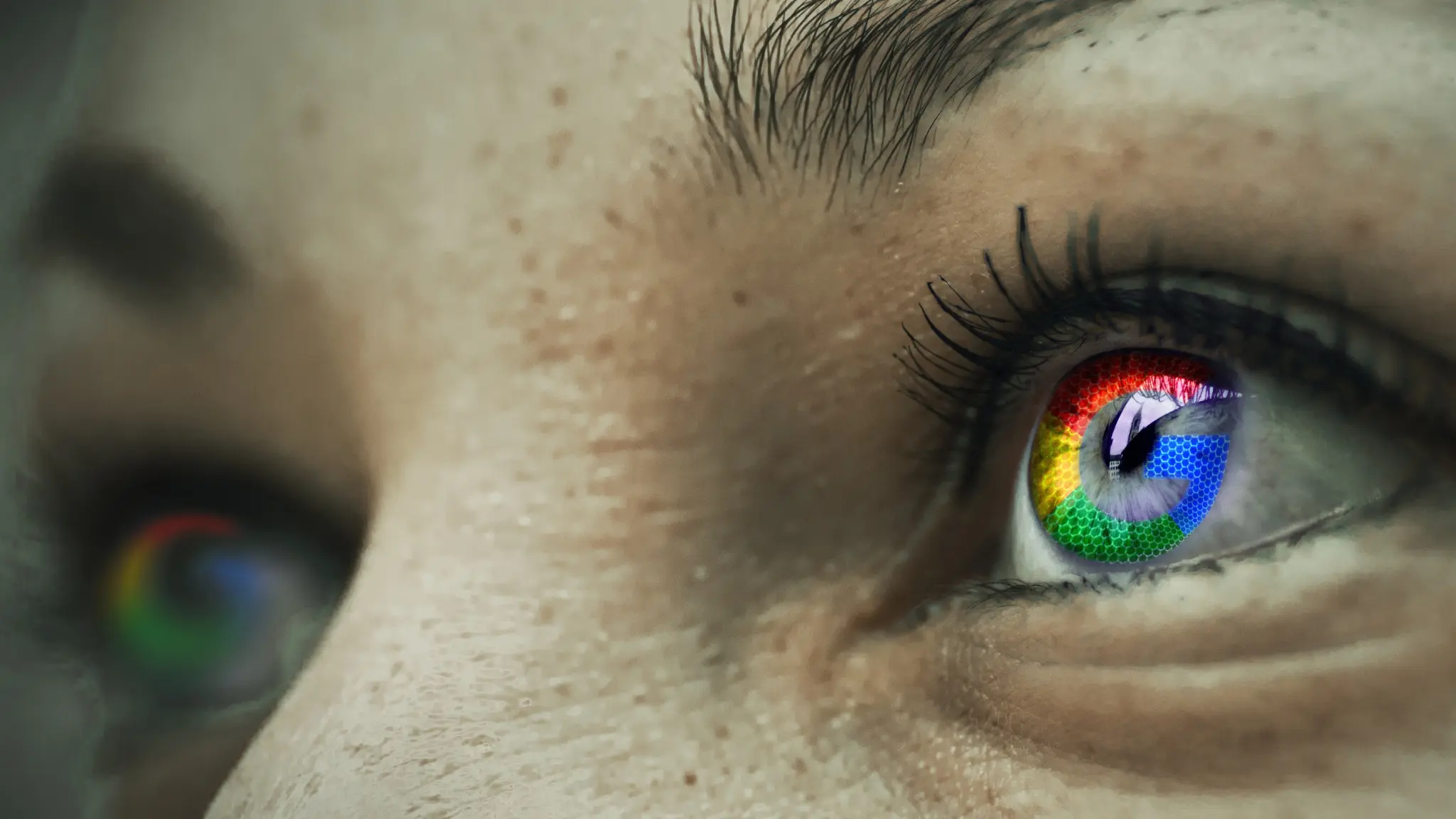In the world of digital marketing, “viral” is often synonymous with success.
A video hits a million views. A product gets flooded with attention. A post explodes across Instagram. On the surface, it feels like a jackpot moment.
But here’s the hard truth: Viral doesn’t equal sustainable. In fact, Google Trends shows dozens of viral products vanish from the market every year. Why? Because while virality can create attention, it doesn’t always build a business.
Let’s break down the real vs hype of viral marketing — and how smart brands are shifting from vanity metrics to real results.
🧨 Reality Check #1: Viral ≠ Revenue
Remember the Fidget Spinner wave of 2017? It was everywhere — in schools, ads, YouTube challenges. But the inventor, Catherine Hettinger, made zero profit. Patent issues left her out of the game. Viral moment? Yes. Business success? Not at all.
Or take the ALS Ice Bucket Challenge — 15 million raised in donations. But post-viral, giving dropped 90%. Temporary awareness ≠ long-term impact.
✅ The Fix:
Virality has three stages:
Explosion → Plateau → Death.
Have your conversion system ready before the death phase hits.
That means:
- Email opt-ins
- Product launch funnels
- Lead magnets within 48 hours of going viral
🔄 Reality Check #2: Algorithm Changes Can Kill Your Reach
Going viral on a platform means playing by its rules — and rules change fast.
Example: Taste of Thailand, a small restaurant, invested heavily in Instagram Reels. Their content went viral and built a 50K+ following. Then came Instagram’s 2023 update — suddenly prioritizing original audio. Their views dropped by 70% overnight.
That’s the algorithm trap.
✅ The Fix:
Don’t build your house on rented land.
Diversify your traffic:
- SEO
- Email marketing
- YouTube (owned content)
- Niche communities
Follow Neil Patel’s 40% rule: No single platform should control more than 40% of your audience.
🏃♀️ Reality Check #3: Content Burnout Is Real
Buffer’s 2023 “State of Social” reported that 65% of brands feel pressure to always be active on social media. That leads to an endless treadmill of creation — and creative burnout.
Even top YouTubers burn out in 1–2 years trying to keep up with algorithmic demands.
✅ The Fix:
Use the Content Batching + Repurposing strategy:
- Create 1 high-quality piece of content per week (video, article, podcast)
- Break it into 10–15 micro posts (quotes, carousels, reels, tweets)
- Schedule across platforms
It’s more sustainable and keeps your voice consistent.
📉 Reality Check #4: Vanity Metrics Lie
Likes, shares, comments — they feel good. But do they pay the bills?
Too many business owners confuse engagement metrics with growth metrics.
✅ The Fix:
Build a Metrics Pyramid:
- Top: Revenue metrics — conversions, sales, ROAS
- Middle: Acquisition — traffic, leads, CPL
- Bottom: Engagement — likes, comments
Always start weekly reports from revenue down, not engagement up.
🎯 Reality Check #5: Viral Audiences ≠ Paying Customers
This is a big one.
The people who like your content aren’t always the people who buy from you.
Example: boAt, the Indian audio brand, makes hilarious Instagram reels that go viral among college students. But most of their actual buyers are aged 25–40 — professionals who value audio quality and affordability.
✅ The Fix:
Use Audience Value Analysis:
Every month, compare:
- Which content drove the most traffic
- Which content drove the most conversions
You’ll often find surprising gaps — and that’s your growth edge.
🧠 Build Smarter, Not Just Louder
So what’s the long-term play?
💡 Rule 1: Set a clear goal for every piece of content.
Ask:
Is this for awareness? Leads? Conversions? Brand affinity?
Without clarity, you’re just guessing.
💡 Rule 2: Use the 60-30-10 Strategy:
- 60% budget on proven ROI channels
- 30% on experiments
- 10% on wild new ideas
This gives you growth without chaos.
💡 Rule 3: Treat virality as a step, not a destination.
Every viral spike should push users closer to:
- Your email list
- Your product line
- Your community
Otherwise, it’s just noise.
🧩 A Real-World Example: How B-Young Got It Right
B-Young, a D2C fashion brand, initially went all-in on influencer collabs. Reels, hauls, fashion drops — the engagement was 🔥.
But conversions were poor.
Then they pivoted. Focused on:
- Detailed product breakdowns
- Customer reviews
- Pricing transparency
Their reach dropped — but sales spiked. Same budget. Better focus.
The takeaway? Entertain for attention, but educate for conversions.
🏁 Final Word: Viral Isn’t the Goal. Profit Is.
Don’t let social media fool you into chasing likes over leads. Going viral is fun — but building a sustainable, revenue-driven marketing system is the real win.
Smart marketers don’t go viral on social media.
They go viral in their bank accounts.
Written by Qausain Anwar
Founder of www.branxhq.com
Helping brands scale with smart digital strategies that actually convert.







